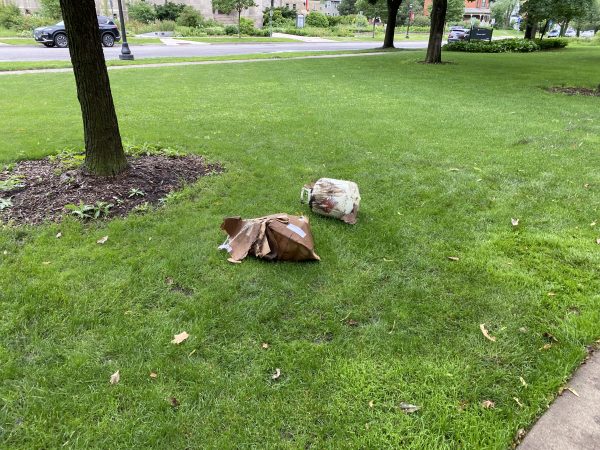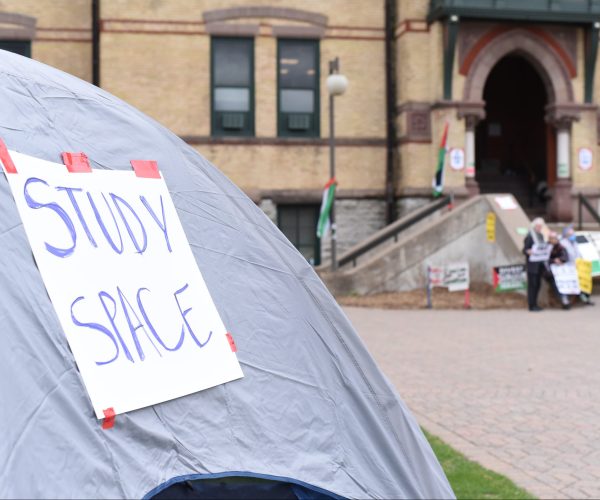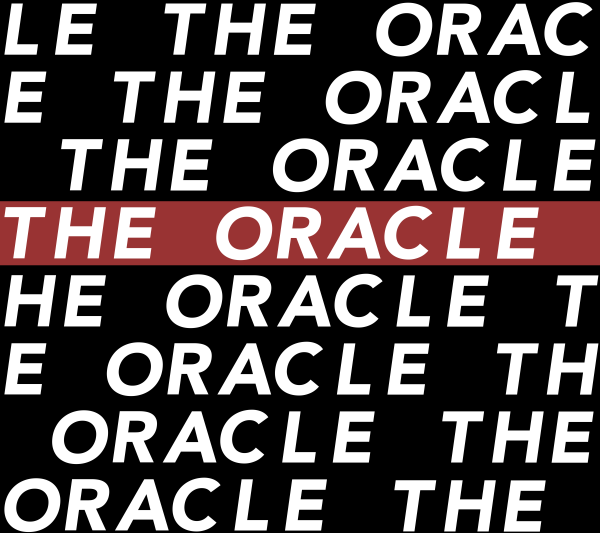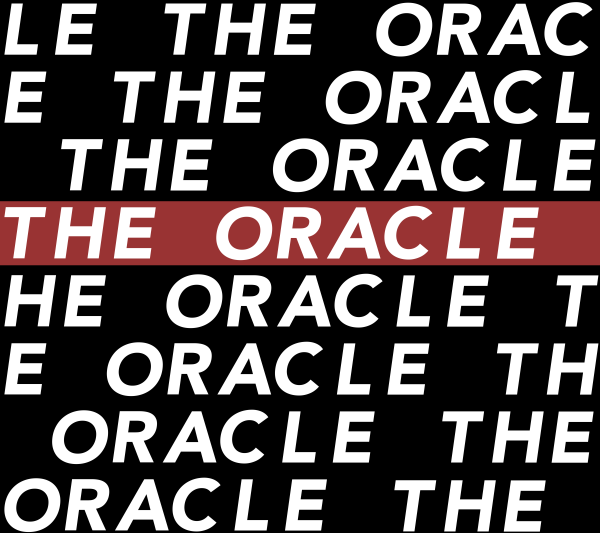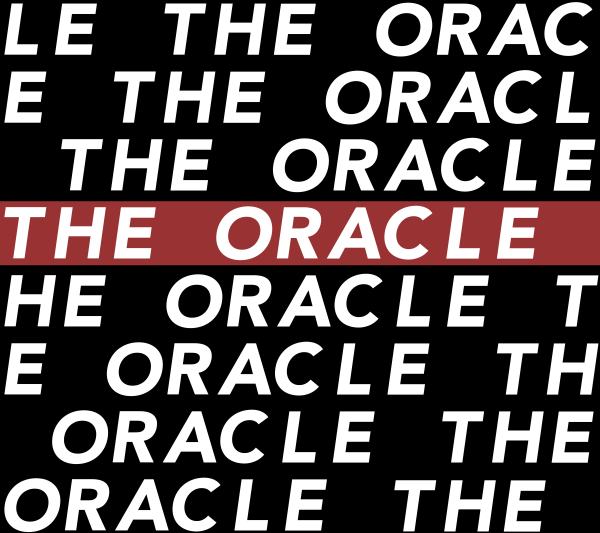A Campus That Heals
Hamline continues as a university of firsts.
On August 16, Hamline was chosen by the Association of American Colleges and Universities (AAC&U) as one of the nation’s first Truth, Racial Healing and Transformation (TRHT) Campuses. The AAC&U was founded in 1915 and is the leading national association concerned with the quality, vitality and public standing of undergraduate liberal education. Its mission statement as stated on their website is to “make liberal education and inclusive excellence the foundation for institutional purpose and educational practice in higher education.”
“Institutions were selected based on their proposals’ ability to create positive narratives about race, [and] identify and examine current realities of race relations in their communities,” according to the Hamline website.
The President of Hamline, Fayneese Miller, was pleased by this recognition from the AAC&U. Miller expressed how current events have emboldened and reignited Hamline’s commitment to educate and empower.
“Hamline has long taken the lead in matters of race, justice, inclusion and equity,” Miller said. “Much work is yet to be done.”
To help with this, Hamline will receive an initial $30,000 to help develop programs that “engage and empower” not just our campus, but also the surrounding community.
One of the ways Hamline has already been creating space for race conversations is through their Multicultural Mosaic pathway lead by Associate Deans of Students Carlos Sneed and Associate Director of Multicultural Programs Sharonda Pugh from the Hedgeman Center for Student Diversity Office. During this program students are given a space to discuss and inform themselves about diversity issues including but not limited to race, gender, sexual orientation and socio-economic class. An outcome of Multicultural Mosaic is a strong sense of community and understanding. First-year Hannah Dereje experienced Hamline’s efforts to create a healing campus through this program.
“Mosaic had to be one of the most life changing experiences I have ever had. It taught me about differences I didn’t even know were considered diversity,” Dereje said. “I feel like Mosaic helped me create such a deep friendship with people I knew for only four days.”
The common read for this school year also opened up topics that encourage narratives about race and the society we live in. Just Mercy by Bryan Stevenson addresses unfairness in the justice system through his experiences as a lawyer handling death penalty cases for marginalized African-American men.
“[Just Mercy] shows that Hamline cares about educating its students on topics that are discussed very little in society and illustrates the commitment that Hamline has to real impactful learning,” First-year Quinn Siegman said. “I’m happy to say that the book proved my ignorance and taught me many different lessons.”
In the coming weeks Sneed along with other selected faculty members are part of a team that will participate in a kick-off Truth, Racial Healing and Transformation (TRHT) project meeting in Washington D.C. The Hamline website states that Hamline faculty will also be attending AAC&U’s annual meeting at the Truth, Racial Healing and Transformation Institute in January 2018 also in Washington, D.C.

